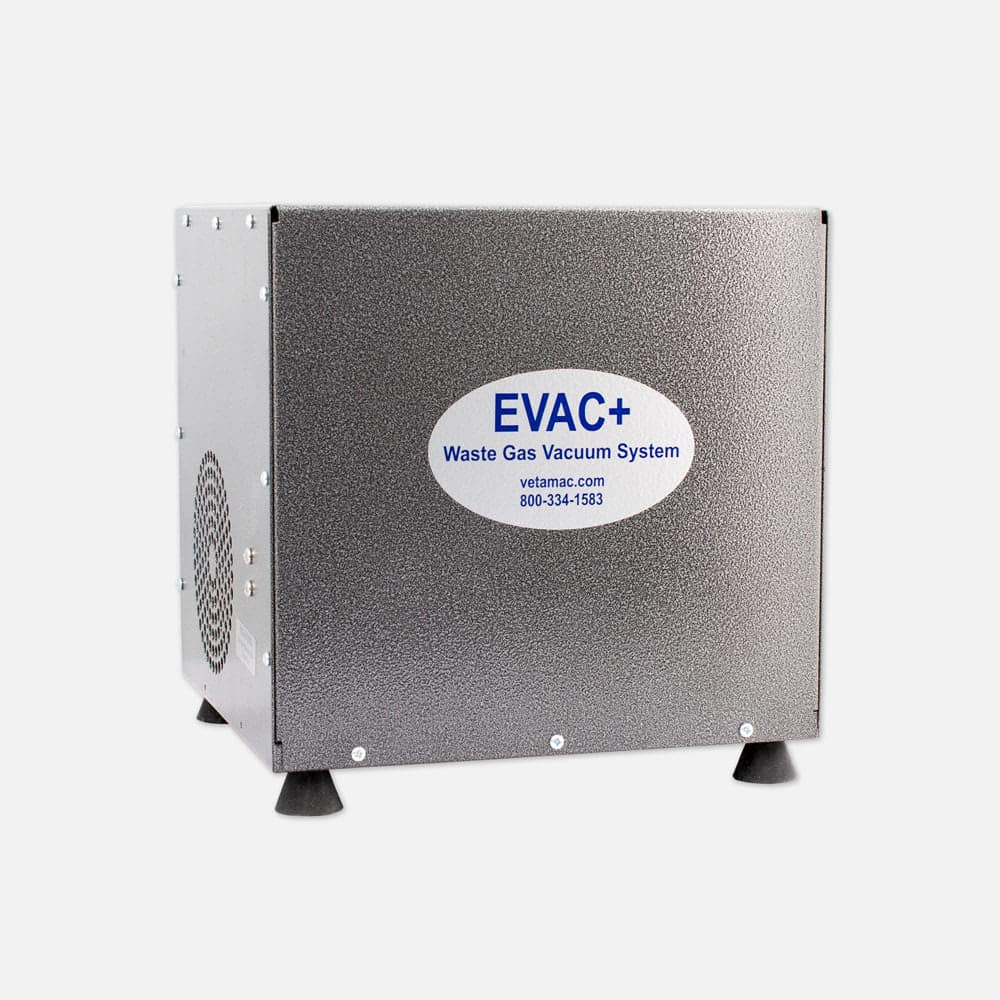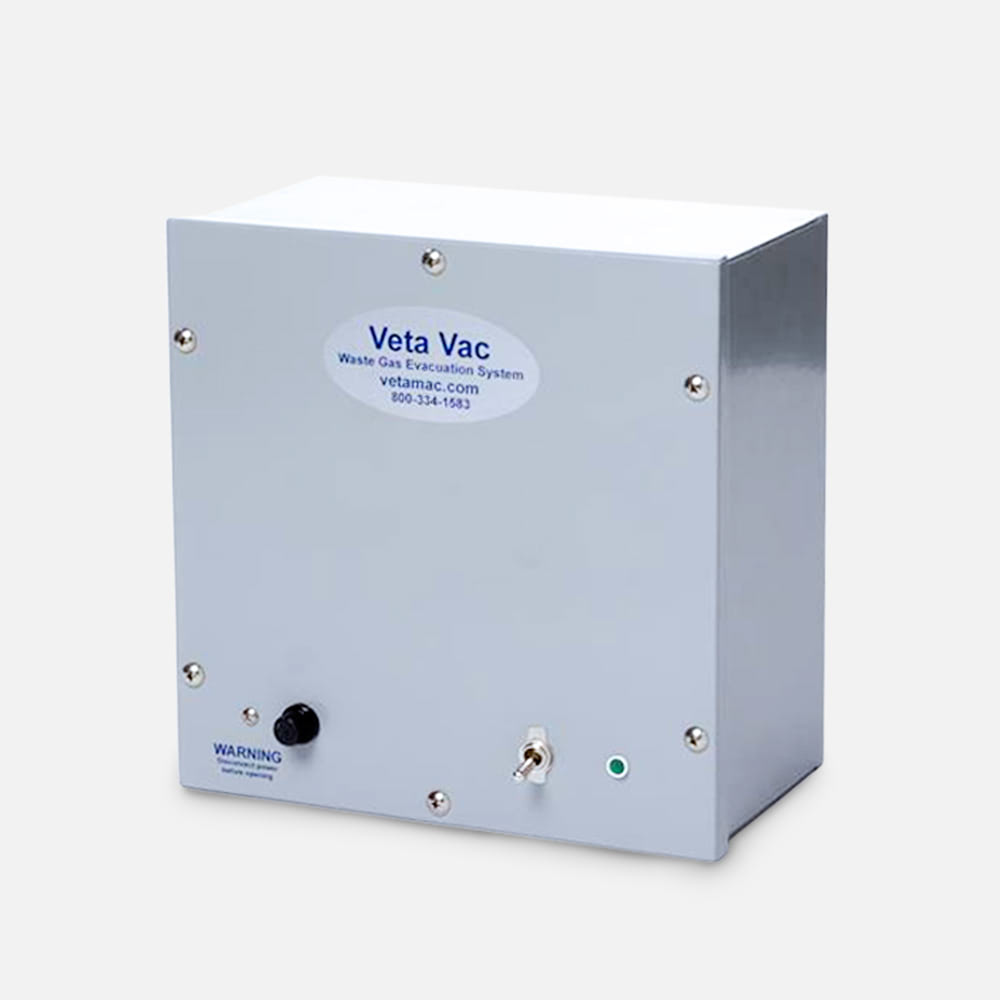Call Us
1 800 334-1583
Vol. X: Failing to Plan is Planning to Fail!

When a practice owner makes a decision to build a new facility or remodel an existing one, they often do not have access to much of the needed information. Some owners have been through the process before but for many it is a new experience. Planning usually starts with an architect and if the practitioner does not know what they need or want, the architect will draw it according to his plan. This is especially true with regard to medical gas piping systems and waste anesthetic gas evacuation systems.
Common Issues with Medical Gas Systems
Most new veterinary hospitals have central oxygen systems that are installed by a certified plumber. Sometimes these systems are installed without the proper terminal at the user end of the system. Sometimes the terminal ends are not located properly for maximum efficiency. Without specific direction, the oxygen outlets may be installed at the middle of a surgery table instead of the end. There may be an outlet that is at the back of an oxygen cage instead of the front. There may be outlets that have a threaded connection where a quick connect is needed. These and other similar problems can be prevented by consulting a person or company with experience in medical gas systems. If other gas lines such as air or vacuum are needed, this makes a consultant even more important.
Occasionally architects will require gas systems to be installed to National Fire Protection Association (NFPA) specifications. These specifications are required by federal regulation and law for human hospitals. It is not necessary that the system in a veterinary hospital meet these requirements. For example, NFPA requires a minimum pipeline pressure of 50 psi. That is not necessary in a veterinary practice unless a ventilator is being powered by the oxygen supply. However, it may be possible that local codes require the installation of the medical gas system to meet NFPA standards.
Choosing the Right Oxygen Supply Method
The source of oxygen must also be decided before the drawings are complete. There are three methods to supply oxygen:
- Oxygen generator
- Tanks with compressed oxygen
- Liquid oxygen. Decisions need to be made early in order to locate the oxygen supply correctly. The space required for each method must also be considered and allocated correctly.
Importance of a Knowledgeable Architect
The choice of an architect is an important first step in the process. A local architect makes communication during the process much easier and they are familiar with local codes. It should also be an architect that has experience with the veterinary profession. Any changes or modifications will be easier if the architect is readily available to discuss the changes.
When construction starts the practitioner will need to communicate with the general contractor on the project. If the contractor has any questions about medical gas systems during construction, the practitioner needs to have someone to help answer those questions. Contractors that have experience building veterinary practices, usually in larger metropolitan areas, will not have as many questions as someone in a smaller city where the construction of new practices is not as frequent. It is very important that someone be available in this phase of the process. It is easier to correct problems before the project is finished.
Final Verification of Medical Gas Connections
When construction is completed, the connections from the terminal end of the medical gas outlet must be verified. If the outlets are in the ceiling, there must be a hose with the proper quick connect fitting connected to the outlet. Lf the outlet is in the wall, the terminal end is a quick connect fitting. The correct fittings must be attached to the appropriate length hose that supplies the anesthetic machine.
A system that is correctly and appropriately installed will enhance the convenience and efficiency of the practice. Done incorrectly, it will be a constant reminder of planning that did not occur. The next issue of Vapors will discuss evacuation systems.





